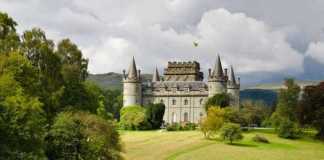Portugal is part of Europe’s Iberian Peninsula, shared with Spain. Its population is relatively small, just 10.5 million, with almost 30% living in the metropolitan area of the capital, Lisbon. Portugal’s location on the Atlantic Coast in South West Europe is the primary reason why it developed in recent centuries. European explorers set sail to find out what lay over the waters and the Portuguese were among them. “The Age of Discovery”, as the explorers’ adventures are often called, took place in the 15th and 16th centuries. Their journeys west resulted in their finding the Americas and their language is the official main language of South America’s largest country, Brazil.
Some headed south and then east, continuing to the Far East. Portugal established colonies in many places with their language spreading. Trading established Portugal as a rich country with its architecture evidence of those riches. Today tourism contributes significantly to the national economy. Charter flights from many countries to its north and east have made the country and its great climate popular with many. It is not just the summer months that are appealing. Spring and autumn are very pleasant and even in mid-winter, the weather is far better than elsewhere to the north and east. Read onto find out what Portugal is known for and why it’s such a popular place.
Contents
What Portugal Is Known For?
Top Tours

- From Porto: Douro Valley – with boat tour, wine tasting and lunch.
- Lisbon Pena Palace Sintra Cabo – guided tour of an iconic landmark.
- FC Porto: Museum & Stadium Tour – for football fans.
1- Exploration History
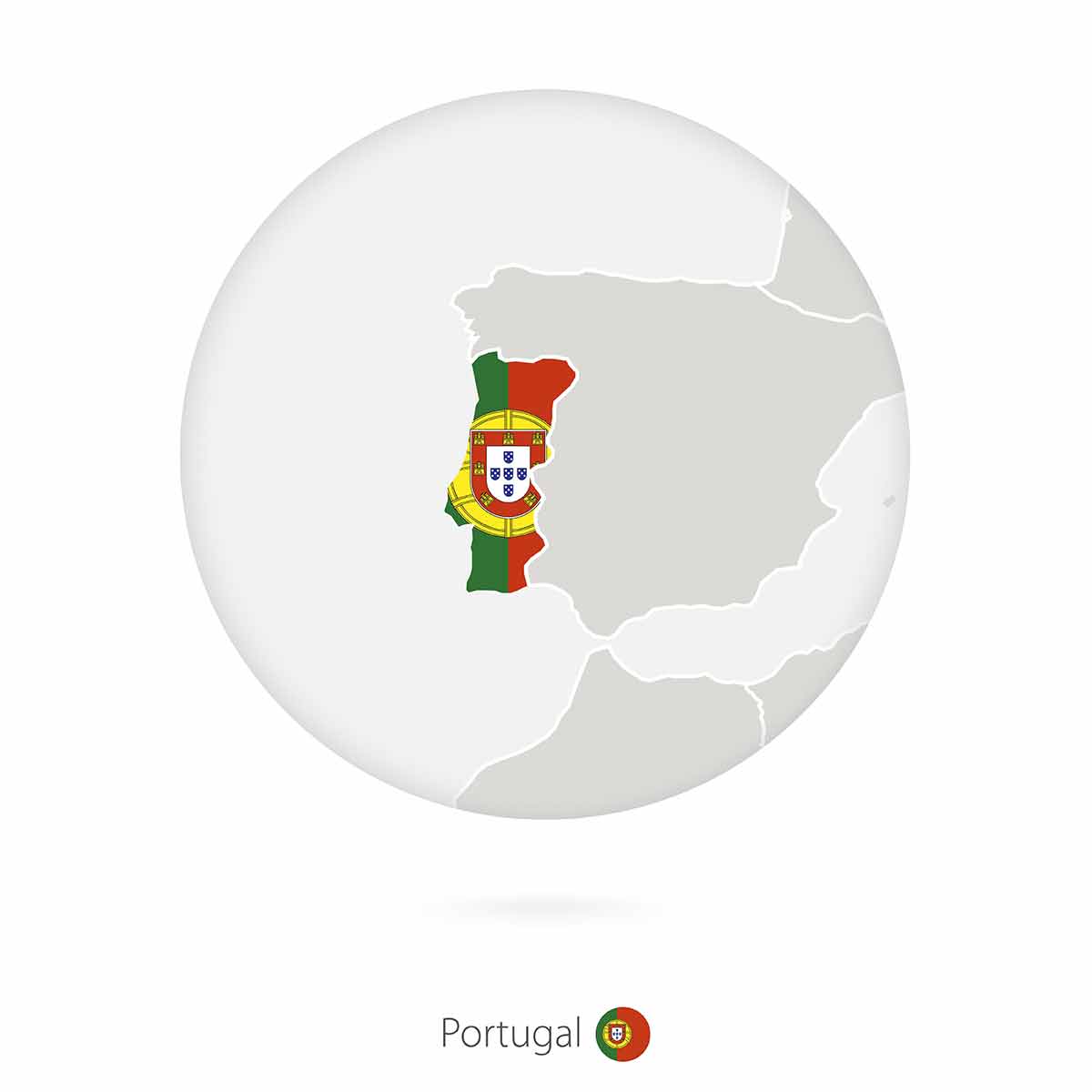
Anyone interested in history and the centuries when Europeans began to learn more about the world will know the names of Vasco da Gama and Ferdinand Magellan.
The former was the first European to reach India via the Cape of Good Hope and indeed he died in Cochin in what is now Goa.
Pepper and cinnamon were just two of the spices that reached Europe, initially monopolised by the Portuguese.
The Magellan Straits take the name of the man who first found a route from the Atlantic to the Pacific in southern Chile.
Ironically Magellan’s expedition was funded by Charles V, King of Spain.
Henry the Navigator is someone else worth a mention and a prince who led journeys to West Africa, for trade and the spread of Christianity.
His development of new ship technologies aided all explorers including Vasco da Game whose journey to India was three decades after Henry’s death.
Portuguese is the sixth most spoken language in the world, thanks largely to the huge population of Brazil.
Discover Portugal’s history through the eyes of the country’s great explorers at World of Discoveries in Porto. Skip the line and book your ticket here.
2- Cork Production
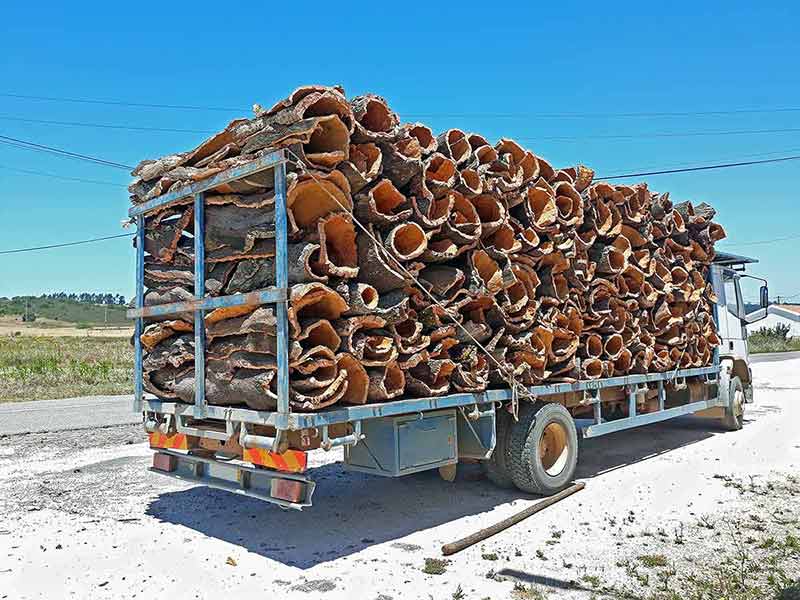
One of the natural products produced by Portugal is cork, which is very light but also very strong due to its cell structure.
It grows around the trunk of a type of oak tree and can be periodically harvested once a year without causing any damage to the tree itself.
The fact that there is just a single harvest each years means that it is not a cheap product.
Its uses are widespread in daily life, including as stoppers for wine bottles.
Given the country’s production of port and other wines, local availability of cork is of major benefit.
It is great for flooring and padding to name just two other uses.
A designer even made a dress from cork for Lady Gaga which she wore after her final concert in Lisbon in 2014.
Portugal is the world’s largest producer of cork and remains an important export product for the country.
3- Historic Cities
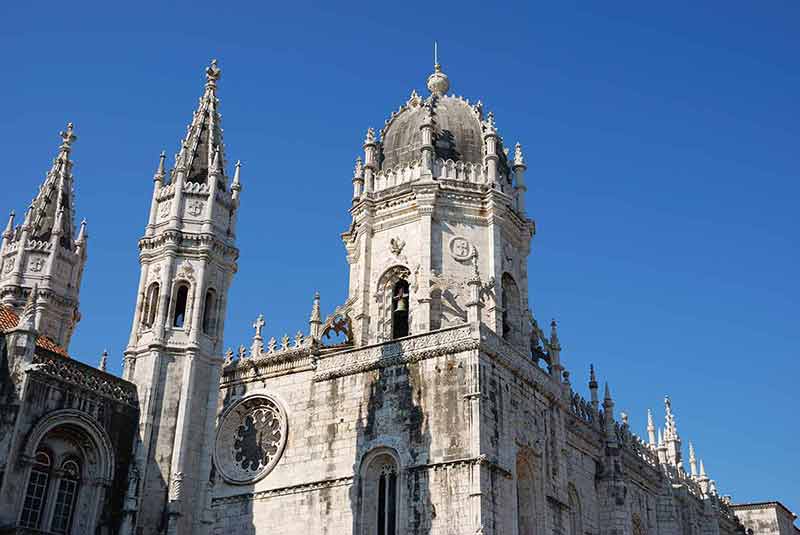
The wealth that exploration brought to Portugal is evident in the wonderful architecture in cities such as Lisbon as well as Porto in the north of the country.
Lisbon is an ancient city, older than most in Europe and was central to the “Age of Discovery.” Its wonderful architecture evidence of the wealth those days created.
Porto is the second city in Portugal and is in the north of the country.
It sits at the mouth of the Douro River and as a result has always been an important trading city.
This is the region that produces the most famous national export, port wine.
UNESCO recognised the quality of the Old Town, making it a World Heritage site.
While the city itself has just 230,000 inhabitants, the greater metropolitan area totals 1.7 million.
Settlement began here in Roman times and there are numerous landmarks to enjoy.
4- Sintra
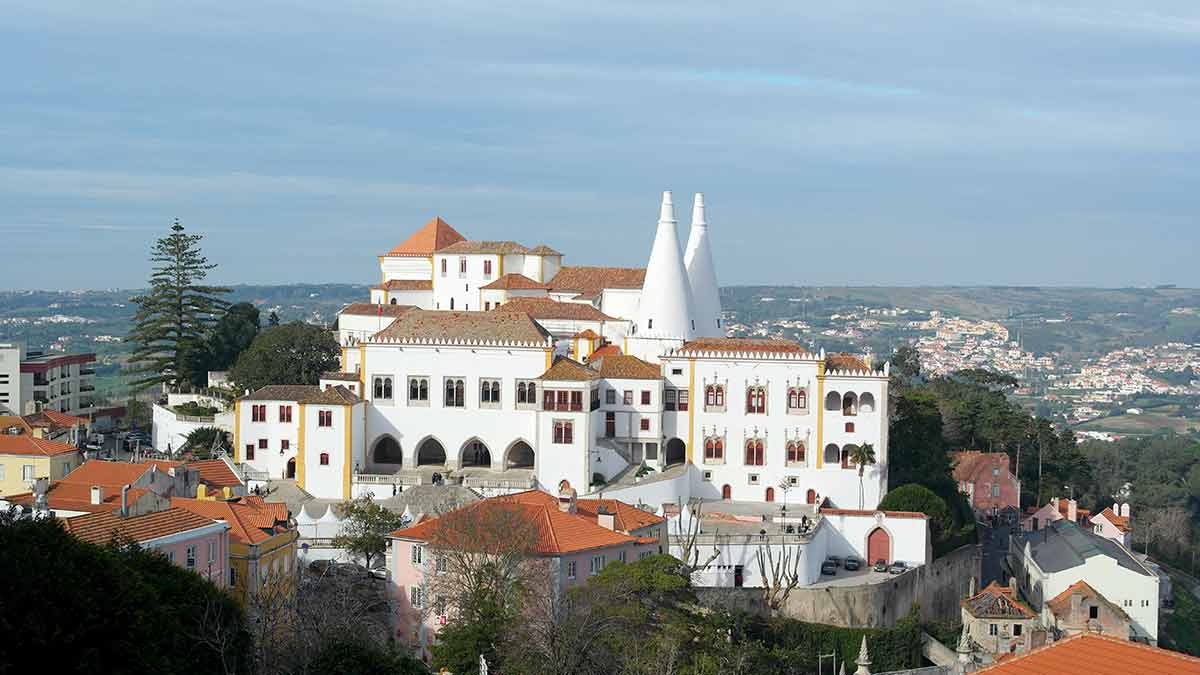
Sintra in the greater metropolitan area of Lisbon is scenic city that is also a UNESCO World Heritage site.
It is famous for its palaces and castles.
The 19th Century Romanticist architecture is very impressive as are the grand villas and gardens found in the city.
There are beaches as well as the Sintra Cascais Nature Park running through the Sintra Mountains.
It has a long history and for many generations it was a royal haven.
Pena National Palace is a very famous landmark as is the Sintra National Palace.
The former on the site of a Middle Ages convent is in this Romanticist style and today it is used for many state occasions by the President.
The latter dates back to Moorish times and has undergone many changes through the centuries.
Earthquakes have been a factor in damage and reconstruction of both these palaces.
5- Douro Valley Wine Region
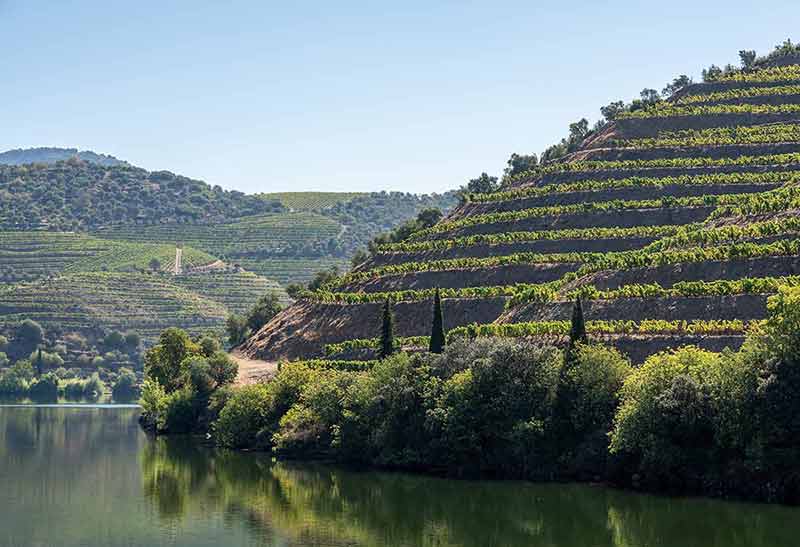
The majority of Portugal’s red wine production takes place in the upper reaches of this river valley inland from the city of Porto.
It is a sheltered region thanks to the mountains so there is minimal coastal influence, making the climate ideal for grapes that have been grown here since Roman times.
The table wines produced here receive recognition from EU law; Denominacao de Origem Controlada (DOC).
Light and rich varieties are popular, similar to the French Bourdeaux and Burgundies.
The vineyards are usually on terraces with those on granite-based soils the ones producing table wines as opposed to those on schist where port wine is the end product.
These days, vineyards that formerly grew several grape varieties have tended to concentrate on a single one such as Touriga Nacional and Franca, Tinta Roriz, Cão or Barroca, all of which make lovely red wines.
Mixed vineyards still exist and will do for the foreseeable future.
You may also be interested in:
- What is Turkey known for?
- What is Portugal known for?
- What is Greece known for?
- What is France known for?
- What is Belgium known for?
- What is Switzerland known for?
- What is Poland known for?
- What is Australia known for?
- What is Mexico known for?
- What is Germany known for?
- What is Croatia known for?
- What is Hungary known for?
- What Is Romania known for?
- What is The Netherlands known for?
- What is Scotland known for?
- What is Canada known for?
- What is Japan known for?
- What is China known for?
- What is Singapore known for?
- What is Vietnam known for?
- What is Thailand known for?
- What is Cuba known for?
- What is Argentina known for?
- What is Colombia known for?
- What is Spain known for?
- What is Italy known for?
- What is Ireland known for?
- What is Oregon known for?
- What is Colorado known for?
- What is Tennessee known for?
- What is Hawaii known for?
- What is Alabama known for?
- What is Illinois known for?
- What is Mississippi known for?
- What is Nevada known for?
- What is Maine known for?
- What is Idaho known for?
- What is Delaware known for?
- What is Maryland known for?
- What is Wisconsin known for?
- What is Miami known for?
- What is Virginia known for?
- What is West Virginia known for?
- What is Massachusetts known for?
- What is Boston known for?
- What is Florida known for?
- What is Kentucky known for?
- What is Indiana known for?
- What is Montana known for?
- What is Nebraska known for?
- What is Pennsylvania known for?
- What is Vermont known for?
- What is Arizona known for?
- What is California known for?
- What is South Carolina known for?
- What is North Carolina known for?
- What is Texas known for?
- What is Michigan known for?
- What is Ohio known for?
- What is Louisiana known for?
- What is Oklahoma known for?
- What is New York known for?
- What is Georgia known for?
- What is Utah known for?
- What is Connecticut known for?
- What is Rhode Island known for?
- What is Iowa known for?
- What Is Minnesota known for?
- What is New Hampshire known for?
- What is Arkansas known for?
- What is New Jersey known for?
- What is Missouri known for?
- What is North Dakota known for?
- What is South Dakota known for?
- What is Wyoming known for?
- What is Alaska known for?
- What is Washington known for?
- What is Seattle known for?
- What is New Mexico known for?
- What is Kansas known for?
- What is San Francisco known for?
- What is Chicago known for?
- What is Denmark known for?
- What is Norway known for?
- What is Sweden known for?
6- Port Wine

One theory of the origin of port wine is that it was a pure accident.
Brandy was added to a shipment in the belief it would keep the wine longer.
Port is produced by adding grape spirit to the process and hence it is thereby fortified and a little stronger than table wine.
It is allowed to mature in wooden barrels for a significant period before bottling.
Portugal is the main source of port, and one of the country’s top exports.
It comes in several varieties, including rose but standard, ruby and tawny are the most popular.
The Douro Valley is the main region for port with well-known brands having their own “houses” there where visitors can learn more, sample the port and of course buy some.
It got its name in the 17th century from Porto from where huge quantities were, and still are, exported.
The river has dams on it so it now leaves the “houses” by road rather than the traditional boats.
7- Religious Sites
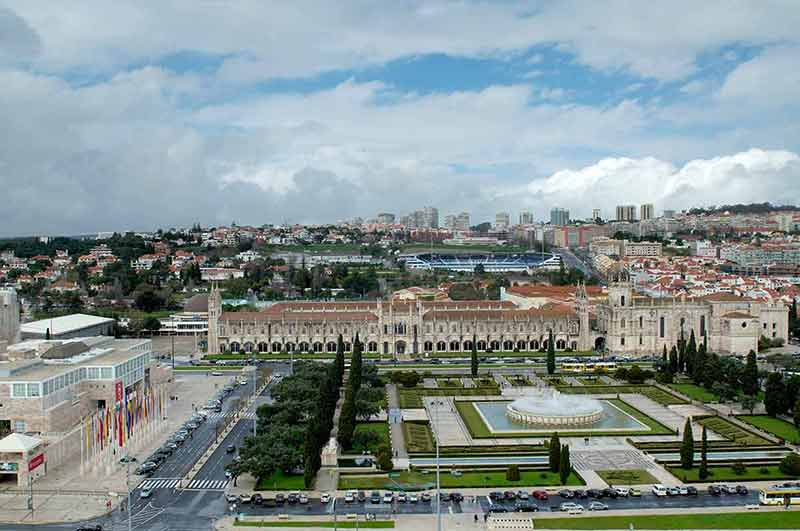
UNESCO recognises the importance of many places in Portugal and it is often the case that religious sites have met with its approval.
In Lisbon, there is the Belem Tower (the Tower of St. Vincent) dates back to the 16th century and part of the Monastery of Hieronymites.
The location is close to where Vasco da Gama first set sail to seek out new territories.
The Sanctuary Of Bom Jesus Do Monte just outside the northern city of Braga is another UNESCO World Heritage Site.
It has a huge Baroque staircase up to the pilgrimage church.
The Monastery of Batalha is an old Dominican convent in central Portugal was begun in the late 14th century but was not completed until the early 16th.
Another religious gem is the Convent of Christ which together with the castle make s a complex that UNESCO also recognises.
8- Gastronomy

Portuguese cuisine is both rich and varied, with many dishes associated with Portugal such as salted cod (Bacalhau) and grilled sardines.
It is no surprise that seafood is popular given the waters offshore from the country.
Bacalhaus comes in many varieties including several which use fresh, as opposed to, salted cod.
Traditional dishes also use poultry and meat and of course with the arrival of spices from across the world, many of them are highly flavoured and spiced.
Piri piri are very fiery chili peppers for example.
However, there is much more given the fertility of the land, and the fruit and vegetables that you can find in every local market.
Olive oil is central to much of Portuguese cuisine as are garlic and onions.
Pastéis de nata are custard tarts which you will find in very bakery and café.
Its history dates back many centuries and over the years they have become popular in many other countries.
9- Beautiful Beaches
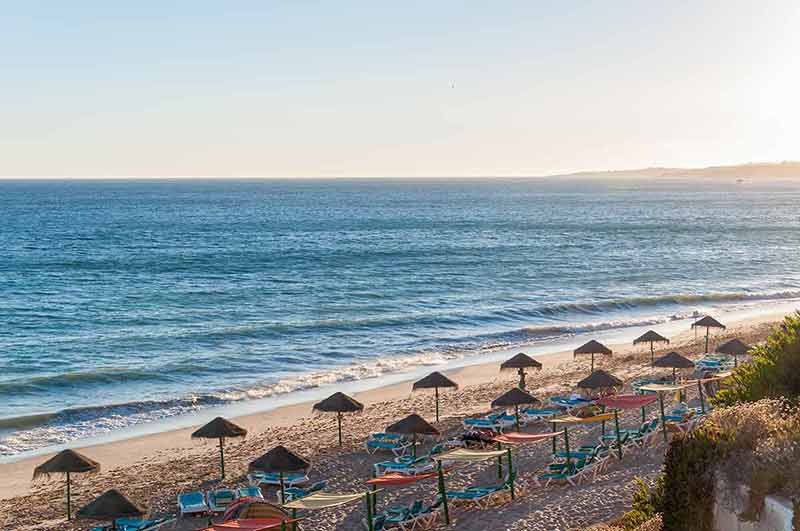
With 800 km (500 miles) of coastline on the Atlantic, Portugal’s latitude makes it a great place for tourists, especially because of the huge number of sandy beaches.
The Algarve facing south offers plenty of choice and those simply wanting a beach holiday often look there first.
The growth of charter flights has brought huge numbers to Portugal.
Former small fishing villages have grown into major holiday resorts with plenty of accommodation, bars and restaurants.
The Algarve’s airport in Faro connects to many European cities, most only a couple of hours away.
Faro itself has a fine beach, and there are many more heading westwards.
Tourists on a holiday where they want to see Lisbon can find nearby beaches as well; Cascais and Sintra among them.
Whether you want a vast expanse of sand with plenty of nearby facilities or a quiet beachy cove, Portugal can give you what you want.
10- Surfing
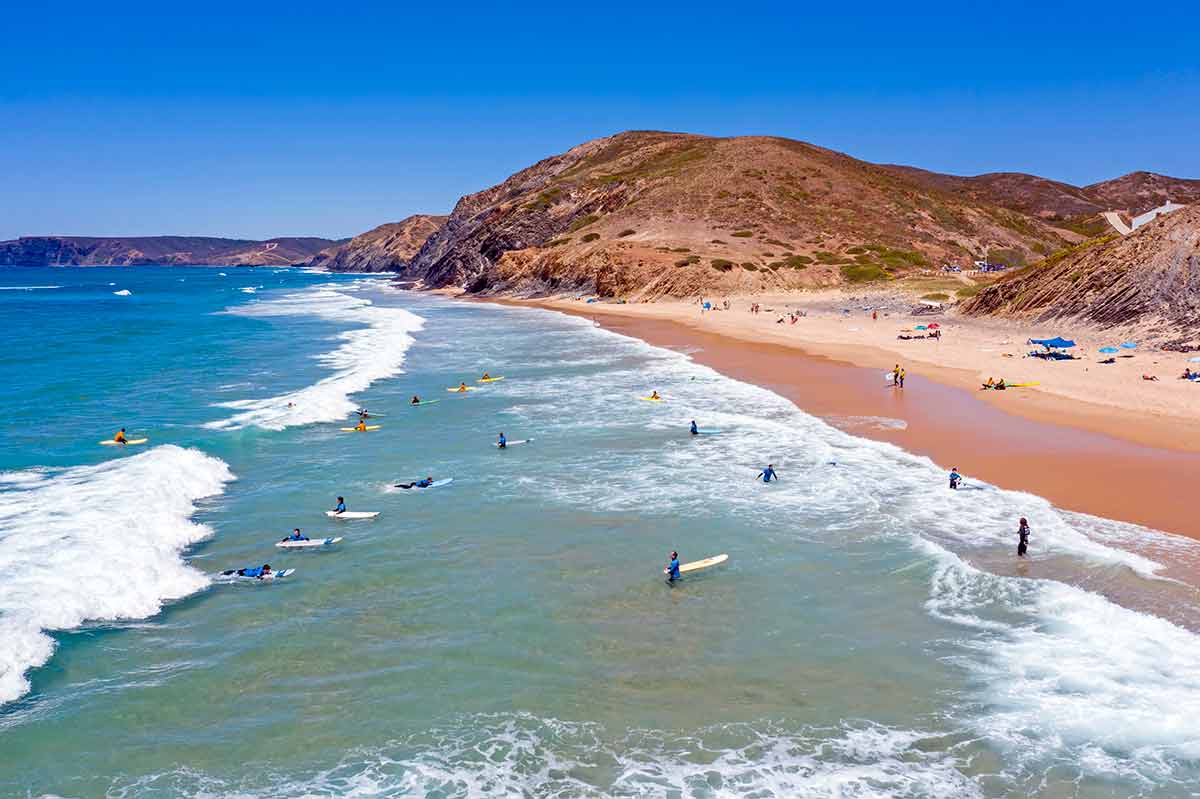
While many people associate surfing with Southern Hemisphere countries, you don’t have to go that far to enjoy surfing.
The waves from the Atlantic that wash in to Portugal’s coast, both west and south facing, provide ideal surfing conditions.
Indeed, the biggest recorded waves in the world have been recorded north of Lisbon at Nazare.
The reason for the huge waves is because of waves from an underwater canyon (16,000 feet (5,000 metres) deep) combining with surface waves.
Just think! Waves 80 feet (24.4 metres) high provide a huge challenge to even the most skilled and experienced surfer.
However, even novices can learn to enjoy surfing, if not at Nazare.
As already mentioned earlier in this piece, Portugal has an extensive coastline that you can also discover on a speedboat tour.
Catinho da Baia north of Lisbon and the beaches around Porto are highly recommended for those who want to learn to surf.
While the west facing coast is the most popular with those wanting a surfing holiday, there are facilities in the Algarve for water sports, including surfing.
11- Golf
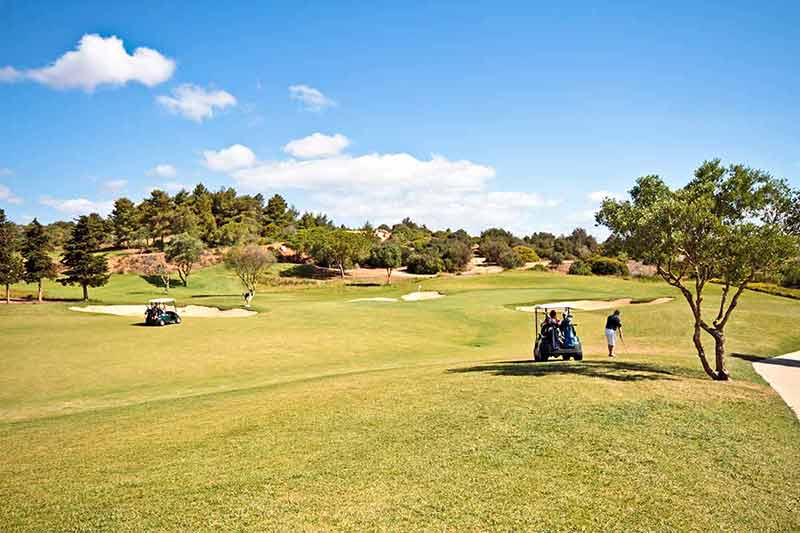
While Portugal has not really produced any world class golfers, it does possess numerous Championship quality courses, especially in the Algarve where the weather allows for golf all year round.
This is in contrast to much of North and West Europe where courses often close because of cold and wet weather.
This has led to huge gold developments with hotels and apartment rentals linked to courses and complexes.
Golf developments began at Penina in 1966 when Sir Henry Cotton opened his first course.
Further courses followed in subsequent years with the Portuguese Open a regular feature on what is now the DP World Tour.
Today there are many courses, most of which are on offer for golf holiday packages.
Vilamoura is now a small town where golf is the main talking point.
International stars such as the late Arnold Palmer as well as Jack Nicklaus have been involved in projects which have made the Algarve a major player in the world of golf.
12- Soccer

Christian Ronaldo is one of the most famous soccer players today.
He was actually born on the Portuguese Island of Madeira.
Portugal won the European Champions in the past and its most famous club, Benfica that plays in Lisbon, is a former European Cup winner.
Eusebio is arguably Portugal’s most famous player before Ronaldo.
He was seen as the European rival to the Brazilian, Pele, in the 60s and early 70s.
Sporting Lisbon and Porto form the top three in the country where soccer is a real passion.
Many Portuguese players now move on to richer European clubs yet the enthusiasm of club supports seems undiminished with all the stars still appearing in international competitions.
Check out these stadiums:
13- Fado Music

This style of music is at least two centuries old, first played in the Lisbon region.
Over the years there have been modifications and offshoots from the original style.
A soloist, male or female sings accompanied by an acoustic guitarist and another artist playing a 12-stringed pear-shaped instrument.
Fado folk dancing is also something you are likely to enjoy.
The words are stories of love and heartbreak, daily life and battle.
There are districts where you will hear fado music as you walk along and tours are available with dinner and fado although with its being played in so many places, you will come across it independently.
Fado is a tradition that UNESCO values for its cultural importance.
14- Azulejos Tiles
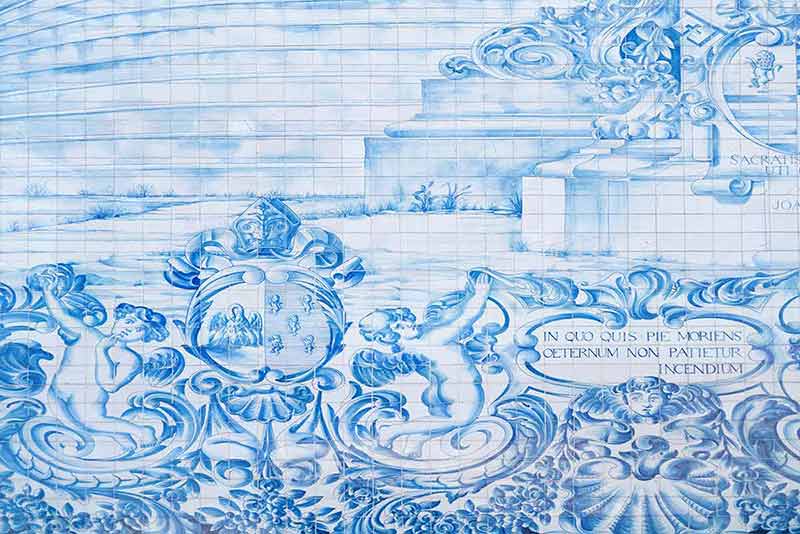
These ceramic tiles fill walls throughout Portugal, often telling about the history of a place or simply daily life or colourful images.
They can look like a single mural from a distance yet close up you will see it is a series of small tiles.
They are part of the national culture yet they originated in Mesopotamia.
It was in the 13th Century that they first appeared in Portugal when the Moors occupied much of the region.
Two centuries later, the Moors were defeated and production dwindled before Manuel I decided to redecorate the walls of the Sintra National Palace with them.
That provided the impetus that still exists today, both for external and internal decoration.
The National Museum of the Azulejo is in Lisbon and there are numerous impressive exhibits to see.
15- Street Art
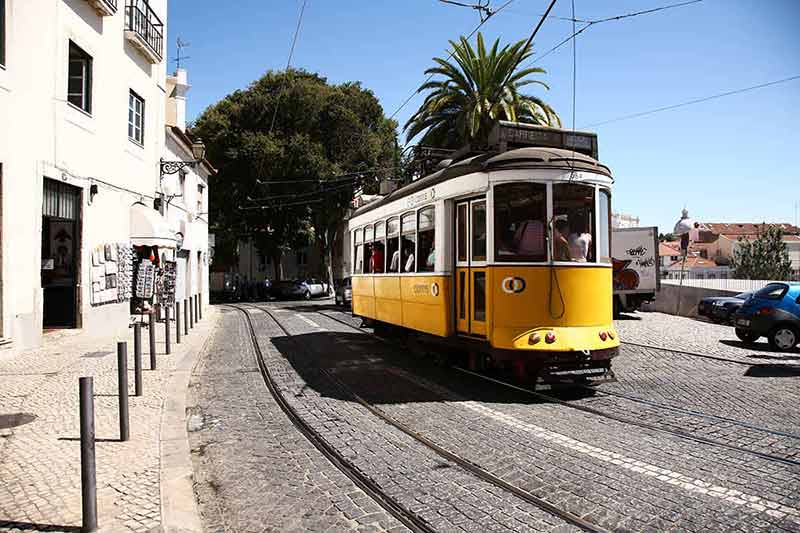
Street art adds further colour to a number of Portugal’s towns and cities.
While you might frown at destructive graffiti, there is no doubting that skilled artists using their talents to create imagery on walls and buildings add to the experience as you walk around.
It is similar to being in a gallery at times, except it is open-air.
Some Portuguese artists have actually become famous because of their street art.
Bordalo II and Ella and Pitr both featured in “Street Art News” for their work in Covilha and Abrates respectively.
Vhils got a mention in an art and style feature in Forbes magazine.
Local authorities in Portugal see street art as a positive within their communities, especially for derelict buildings.
If you are in Lisbon, Porto, perhaps Coimbra on the Algarve you will see plenty of street art and often it forms part of several walking tours around these lovely cities.
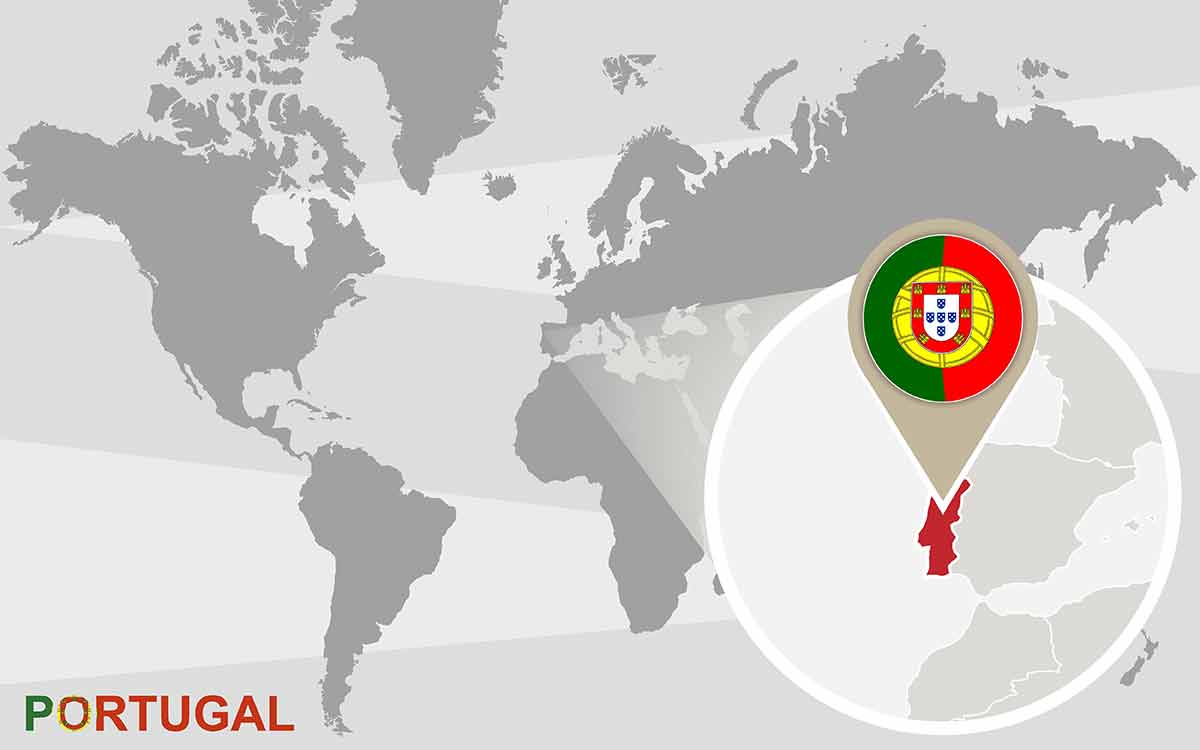
Also read:
- 20 Landmarks In Portugal
- Best Time To Visit Portugal
- 20 Portugal Beaches
- 16 Things To Do In Lisbon
- 20 Things To Do At Night In Lisbon
- 20 Things To Do In Porto
- 20 Day Trips From Porto
- 20 Things To Do In Portugal
- Christmas in Portugal
- 20 Best Cities in Portugal
- 20 Things To Do In Albufeira
- 20 Things To Do In Faro
- 20 Things To Do In Lagos
- 20 Things To Do In Sintra
- 20 Best Tours In Portugal
- 20 Things To Do In Braga
- Where To Stay in The Algarve
- 20 Things To Do In Aveiro
- 20 Things To Do In Coimbra
- Where To Stay In Lisbon
- 20 Things To Do In Portimao
- Where To Stay In Porto
- 20 Best Restaurants In Porto
- 20 Portuguese Food Dishes To Taste
- 15 Things Portugal Is Famous For
- 10-day Portugal Itinerary
Plan Your Trip

Rent A Car – Find the best car rental rates at Discover Cars. They compare car hire companies to provide you with the best deal right now.

Find A Hotel – If you’re curious about this article and are looking for somewhere to stay, take a look at these amazing hotels.
